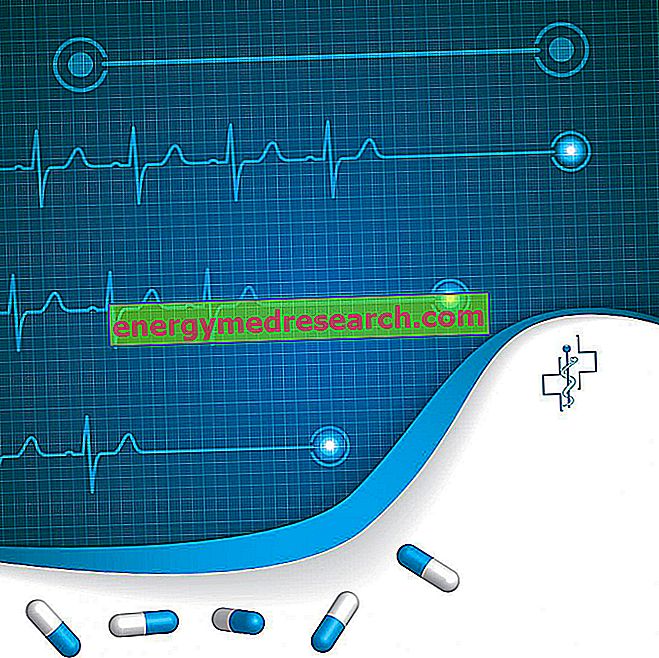
Creatine kinase is an enzyme responsible for the synthesis of creatine phosphate. This last element is a vehicle for ATP recharge, which is the definitive molecule used by cells to produce energy.
Creatine kinase is present in large quantities in the muscles, in which its presence correlates to the amount of physical activity (especially motor) usually performed by the subject.
Muscle creatine kinase increases significantly with sport and especially in the practice of those activities that require a very short but rapid production / supply of energy.
In practice, the use of creatine (and therefore the commitment of creatine kinase) is associated with the so-called anaerobic alactacid metabolism. These are typical examples of motor activities that require this metabolic pathway: heavy athletics, 100 meters of fast running, power lifting, 50 meters swimming, body building etc.
This explains why muscle creatine kinase is considered an excellent indicator of the level of physical motor activity. However, its measurement within the muscle is limited to a very invasive operation and would only affect athletes. On the contrary, its measurement in blood takes on a very high importance; In fact, blood creatine kinase is a very important marker of muscle injury. Not surprisingly, in those who suffer from certain myopathies, in those suffering from various types of muscle trauma, in people suffering from heart attacks and also from those who face a "statin" based pharmacological therapy to lower cholesterol.
In sedentary people, creatine kinase is present in moderate amounts; however, the low level of physical activity correlates to an increase in body fat and a worsening of metabolic parameters. When the alterations of these levels are such as to go beyond the pathological threshold, we speak of dysmetabolic diseases, commonly called "well-being". Especially in combination with each other, these disorders dramatically increase the risk of cardio vascular compromises and especially of atherosclerosis.
The best known metabolic diseases are: type 2 diabetes mellitus, hypercholesterolemia, hypertriglyceridemia and primary arterial hypertension. In atherogenesis, the most important risk factor is LDL hypercholesterolemia, that is the phantom "bad cholesterol". On the other hand, in addition to diet and exercise, LDL hypercholesterolemia can be kept under control by means of some drugs called "statins".
In short, treatment with statins associated with physical exercise and diet can significantly reduce the risk of cardiovascular mortality in dyslipidemic individuals, although this practice is associated with the exacerbation of myopathic events.
The 2015 study entitled " Treatment of dyslipidemia with statins and physical exercises: recent findings of skeletal muscle responses " presented the most recent results of the specific literature on the effects of statins associated with exercise on skeletal muscles.
This is a review of the literature using the databases of "PubMed" and "SciELO", through the combination of the key words "statin", "exercise" and "muscle", limiting the choice to original studies published between January 1990 and November 2013.
Sixteen studies that evaluated the effects of statins in association with acute or chronic exercises on skeletal muscle were analyzed. The primary evaluation parameter was the determination of creatine kinase in the blood, in order to evaluate the extent of cellular fibrous rupture in skeletal muscles.
The results of the study indicate that athletes who use statins may experience deleterious effects on skeletal muscle, such as increased frequency and severity related to injuries. Moreover, the compromises seem to increase significantly with the intensity of the training, with the eccentric exercises and the more strenuous acute ones (hypothetically of an anaerobic nature).
On the other hand, moderate physical preparation, when associated with statin use, does not increase creatine kinase levels or the perception of pain, but improves metabolic and muscular functions as a result of training.
Therefore, it is suggested to dyslipidemic patients undergoing statin treatment to perform moderate aerobic training combined with resistance exercises (always aerobic but with greater intensity) three times a week. Furthermore, where possible, it would be desirable to take the drug only after the physical activity has been carried out.



